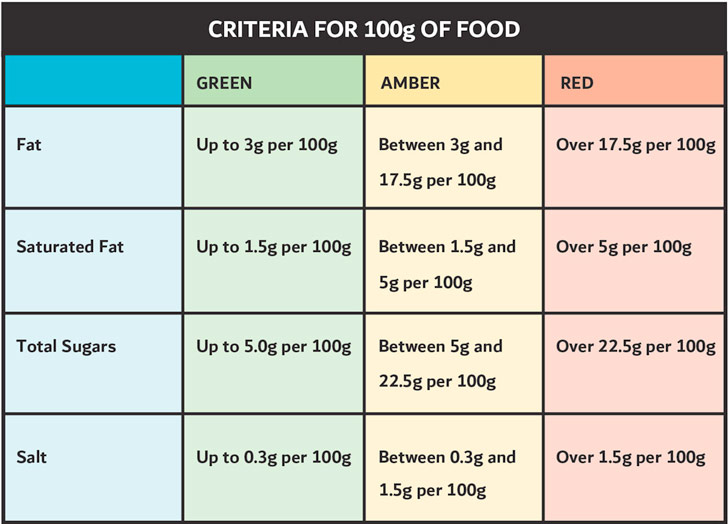The findings of one of the largest population studies conducted recently on 33,000 Emirati men between the age of 18 and 30 in the UAE has revealed some startling statistics, with a majority of Emirati men under the age of 30 suffering from obesity, diabetes, and other lifestyle conditions. According to the latest World Health Organisation (WHO) study, 67% of Emirati men and 72% of Emirati women are overweight, and round 39.9% of women and 25.6% of men are obese.
Dr Yousef Alsaadi, Director of Conformity Affairs Department at Emirates Authority for Standardization and Metrology Authority (ESMA) and the first Emirati Certified Food Scientist said that the obesity in children is a cause of concern in the UAE. Various statistics show that many students are obese and suffer from obesity-related health issues and the number
of overweight children is expected to rise further.
To bring the percentage of child obesity down to zero by 2071 in the UAE, the government launched the Nutrition Labelling Policy.
The policy instructs pre-packed food companies to print nutritional labels on to food packets in the form of traffic light colours. The implementation will be mandatory starting from 1 January 2022.
What Is Traffic Light Labelling?
It is a label that can be placed on pre-packaged food and drinks to show nutritional information with details on fat, saturated fat, sugars and salt content. The information can be for either 100g or 100ml of the food or drink or per portion size. The colour-coded system makes it easier for consumers to see which nutrients are low and high in the food.
What Do The Three Colour Codes Mean?
Nutritional labels will reveal fat, saturated fat, sugars and salt content in three colours - red, amber and green. Information on calories will also be included in the labels.
Green means low risk, healthier choice
Amber means medium risk, consume moderately
Red means high risk, don’t consume frequently
The nutrition policy covers canned, solid and liquid foods, but excludes fresh foods such as fruit, vegetables, meat and fish.

Speaking on how food labelling will help to maintain balanced food diet, Dr Yousef Alsaadi, explains, “If you see a red colour on the front of the pack, it does not mean that you should not or you cannot eat it, but that you should try to keep an eye on how often you choose this food, or how much of them you eat. A diet with fewer reds can help you achieve a healthier diet.”
"Adding if you see the colour amber, these foods are neither high nor low for that nutrient. Food with ambers helps you balance your diet; just try to include a few green ones too. Otherwise, the green colour means that food is low in that specific nutrient that you may wish to avoid over-consuming to improve your diet.”
“The more green consumers intake, the healthier the choice, but you don’t have to eat only green colour coded foods, including a few ambers and reds can be part of your balanced diet and will help you get all the beneficial nutrients you need."